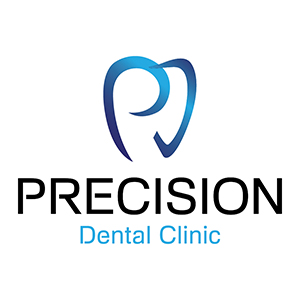
Periodontology
Periodontics is the field of dentistry that deals with the supporting structures located around the teeth which are known as the periodontium. The term periodontics is derived from the Greek words "peri" meaning around and "odons" meaning tooth.
These periodontal structures include:
The gingiva or gums
The periodontal ligament which holds the tooth in place in the jaw bone
The alveolar or jaw bone
The cementum which connects the tooth to the jaw bone by anchoring it to the periodontal ligament
A variety of procedures and surgeries are included in this field of dentistry like
NON-SURGICAL TREATMENT
The primary treatment against gum disease is cleaning called scaling and root debridement. In this procedure, an ultrasonic cleaning device is used to remove plaque and tartar from your teeth where regular cleaning devices can't reach: under the gum line, on the tooth, and around the root. Then, the rough surface of the tooth and the root are smoothed out (planed). This provides a healthy, clean surface that makes it easier for the gum tissue to reattach to the tooth. Even after a successful scaling and root planning, if you don't attend to your teeth properly, it's quite likely that you'll develop gum disease again.
SURGICAL TREATMENT OPTIONS
Several surgical procedures are available to prevent periodontal disease.
Common types of periodontal surgery
Pocket Depth Reduction
In a healthy mouth, the teeth are firmly surrounded by gum tissue and securely supported by the bones of the jaw. Periodontal disease damages these tissues and bones, leaving what we call pockets. The larger these pockets are, the easier it is for bacteria to collect inside them, leading to more and more damage over time. Eventually, the supportive structure degrades to the point that the tooth either falls out or needs to be removed.
Regeneration
When the bone and tissue supporting the teeth have been lost due to severe gum disease, we can restore these areas with a regeneration procedure. During this process, we begin by folding back the gum tissue and removing the bacteria, plaque, and tartar. Depending on your situation, we may then perform a bone graft to stimulate new bone growth, or we may apply a special kind of protein that stimulates tissue growth to repair the areas that have been destroyed by the disease.
Soft-Tissue Graft
A frequent symptom of gum disease is gum recession (also called gingival recession). As the gums recede, more of the roots are revealed. This can make teeth appear longer and can also create sensitivity to hot or cold liquids or food. It also exposes the tooth to increased damage from gum disease, as bacteria, plaque, and tartar attack the surface of the tooth and the root.

